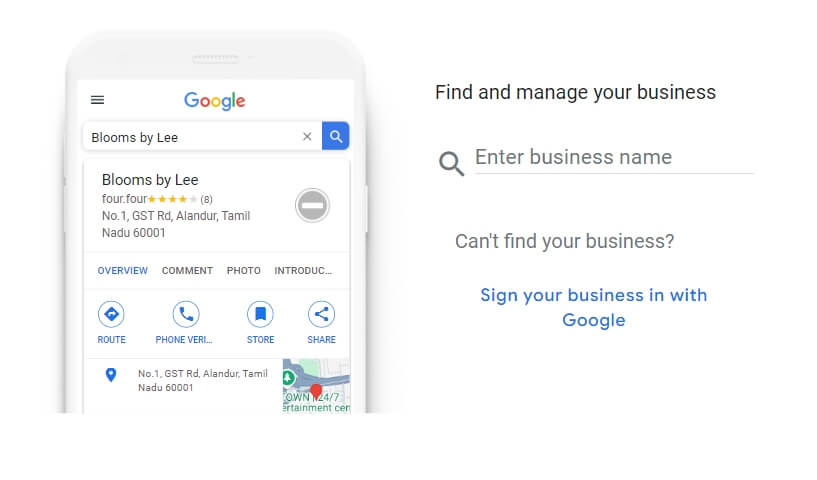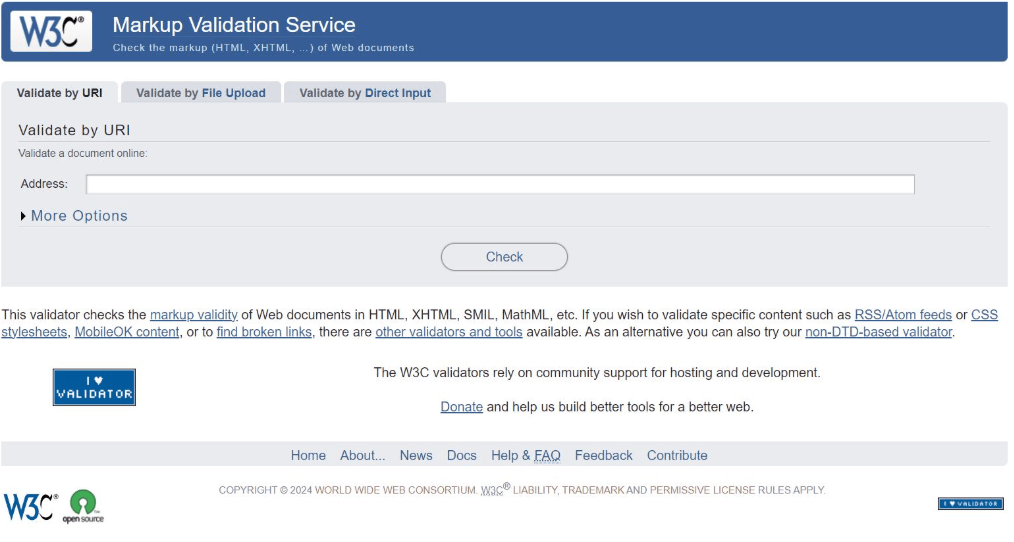What is SEO Traffic?
SEO traffic refers to the number of visitors who access your website through organic search results.
Organic search results are non-paid web pages that appear on search engines like Google.
SEO Traffic: What It Is and 6 Ways to Increase Traffic in 2024
SEO traffic, also known as organic traffic, is crucial because it often consists of your target audience—people who may be interested in your content, products, or services. These visitors are searching for terms related to your business.
Unlike paid traffic, the traffic generated by search engine optimization (SEO) is free and can provide long-term results.
If your content ranks well and offers value to readers, it can bring traffic to your website for months or even years. This traffic has the potential to convert into loyal readers and paying customers.

How Does SEO Generate Traffic?
SEO generates traffic by making it easier for search engines to understand your content and determine where to rank it in search results. This increases your website's visibility because you can appear in searches that are relevant to your target audience.
The more SEO-friendly your website is, the higher it will rank on search engine results pages (SERPs).
The higher you rank, the more clicks and visits you can get from organic search. But this isn't the only reason why SEO traffic is worth focusing on.
What are the Benefits of SEO Traffic?
The main benefits of SEO traffic are:
It's free. You don’t have to pay for clicks or impressions like in pay-per-click (PPC) marketing. All you need to do is create high-quality content and optimize your website for search engines.
It's targeted. You can attract visitors who are actively looking for the products, services, or solutions you offer. This makes them more likely to convert.
It's sustainable. With a strong SEO strategy, you can maintain and improve your rankings over time, ensuring a steady flow of traffic without the need for continuous ad spending.
It's measurable. You can closely monitor and analyze organic traffic using SEO tools.
6 Ways to Increase SEO Traffic
Target the Right Keywords
Focus on keywords that are relevant to your website and that your target audience is already searching for.Understand Search Intent
Search intent is the reason behind a user's search. Whether it's to answer a question, find a specific page, buy a product, or explore a topic further.Create High-Quality Content
To increase your website's SEO traffic, you need to create high-quality content that satisfies user queries and offers value.Get High-Quality Backlinks
Backlinks are links from another website to your site.
They are one of the many important factors Google uses in its ranking algorithm.
High-quality backlinks can signal to search engines that your content is valuable, relevant, and trustworthy.
Therefore, one way to help boost SEO traffic is by obtaining high-quality backlinks from authoritative, relevant, and popular websites.Leverage On-Page SEO
On-page SEO is the practice of optimizing elements on your webpage to improve rankings and bring in more SEO traffic.
It helps search engines understand your content and match it with relevant search terms. This can improve rankings for target keywords and increase organic traffic.Manage Your Technical SEO
Technical SEO involves optimizing various aspects of your website to make it easier for search engines to find, understand, and index your content.
It ensures that your site is crawlable, indexable, secure, and fast. It also avoids errors, penalties, and other issues that could harm your SEO and user experience.
Best practices for technical SEO include optimizing site speed and ensuring your website is mobile-friendly. It also involves regularly auditing your site for crawl errors, broken links, and duplicate content.






